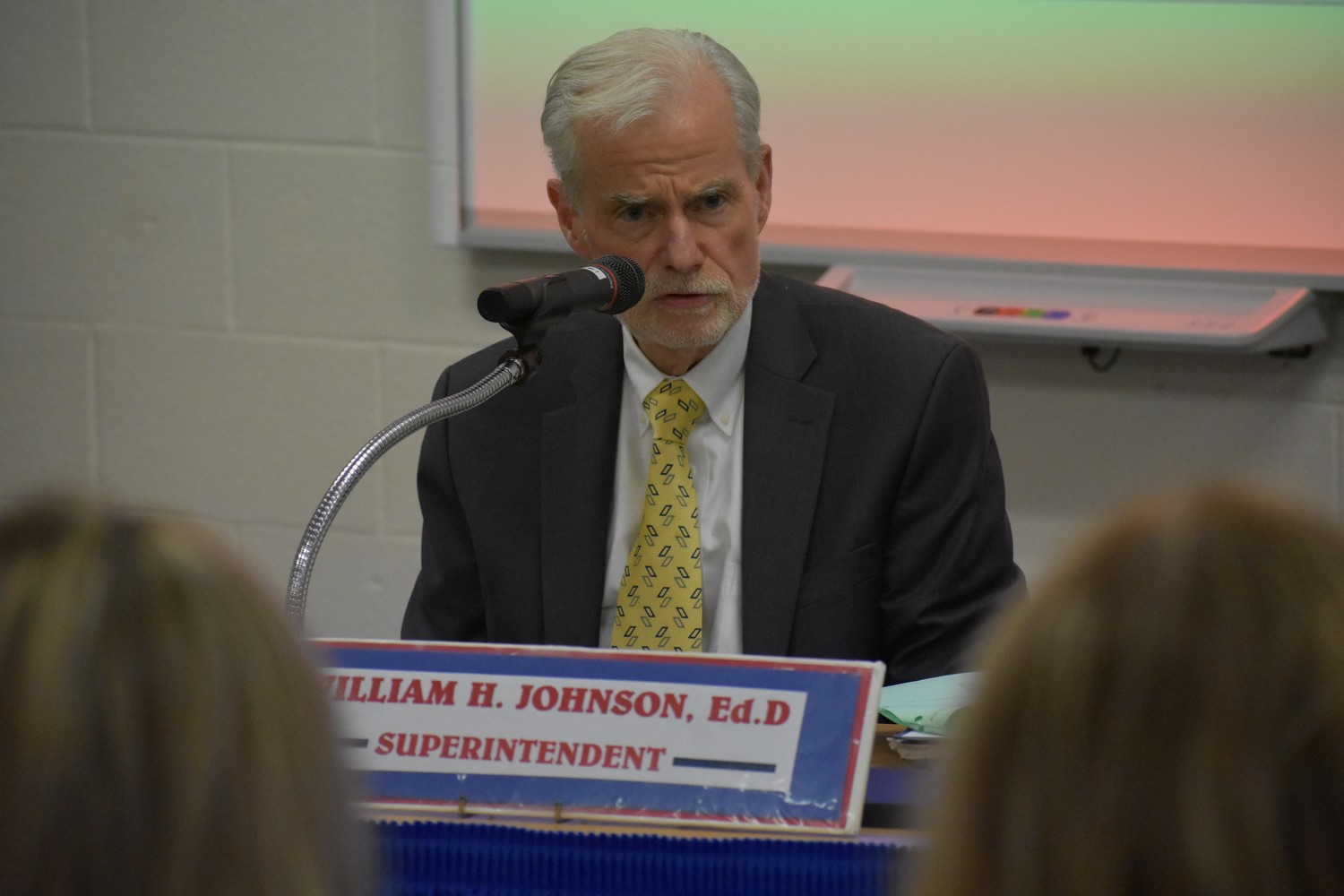Will school buildings reopen next fall? We’ll see, educators say.
Whether public school students will return to their classrooms in September is an open question, according to Dr. Robert Dillon, the Nassau Board of Cooperative Educational Services superintendent, and Dr. William Johnson, the Rockville Centre School District superintendent.
They spoke during a webinar moderated Tuesday by Newsday editorial writer Lane Filler.
Johnson said he saw “no way” students would return, given the current state guidelines for reopening. Either the guidelines or the conditions on the ground “must change,” he said.
Students “will have to return” to their schools, he said. “I just don’t see that happening in the near term.”
At press time, it was unclear when Nassau County would reopen. Gov. Andrew Cuomo laid out a four-stage reopening process, but did not — and said he could not — predict the exact timeline for that process to play out. Schools, however, would be last to reopen, he said.
Three regions of 10 were expected to partially open on May 15. All were upstate.
As of Tuesday, Nassau had met four of the seven state criteria to begin the reopening process. Last Friday, County Executive Laura Curran said Nassau might not be ready to reopen until the end of June.
Even if the county were to reopen, that would not mean students could necessarily return to their schools. There are many unanswered questions at this time, Dillon and Johnson said.
Take busing, the Rockville Centre superintendent said. One school bus can carry up to 60 students, he noted. In such a small space with that number of people, social distancing — staying six feet apart — would be impossible, he said.
Both educators said they believed social distancing would have to continue after a reopening.
Buses might have to be added to space students farther apart, which would increase cost, Johnson said.
Dillon said reopening school buildings in September would depend, in part, on whether there was a sufficient supply of disinfectant to sterilize schools consistently, and whether there was enough personnel protective equipment. There are some 200,000 students in Nassau, he said. If each student were provided one face mask a day, schools would need a combined one million masks a week to supply all students.
Clear Plexiglas is being used in some schools around the world to create separation barriers among students. Dillon wondered whether there would be enough Plexiglas to erect such barriers in all schools.
Maintaining social distancing at the elementary level, particularly for the lower grades, will be difficult, the two educators said. Young children lack impulse control, they explained.
Elementary children, Johnson said, “tend to touch one another. They get up and walk spontaneously.”
Ensuring students of all ages maintain social distancing will require education on the part of teachers and parents, the two educators said.
Looming over the discussion was the possibility of state cuts to education aid, which would mean less money for the schools. Cuomo has said the state is staring down a $10 billion to $15 billion budget hole. Without federal funding to fill it, he said, the state might be forced to reduce its annual aid package by up to 20 percent.
With schools potentially having to spend more to protect students from the coronavirus, while having their aid reduced, budget cuts could — and likely would — be on the horizon locally. Supplies would be reduced first, followed by student activities, Johnson said. Only then, if all other cuts had been made, would a district look to eliminate teaching staff.
The two educators added that in the absence of federal funding, any discretionary programs, from elementary school foreign language to middle school sports, could be subject to cuts, as they were a decade ago during the recession of 2008-09.
Dillon said he was “hopeful the federal government will recognize its role in assisting states” by providing funding for essential services such schools. He added he was “confident some monies will come to us.”
Johnson said he “would love to see students return in the fall,” and that superintendents would spend the summer trying to figure out “how to make that happen.”






